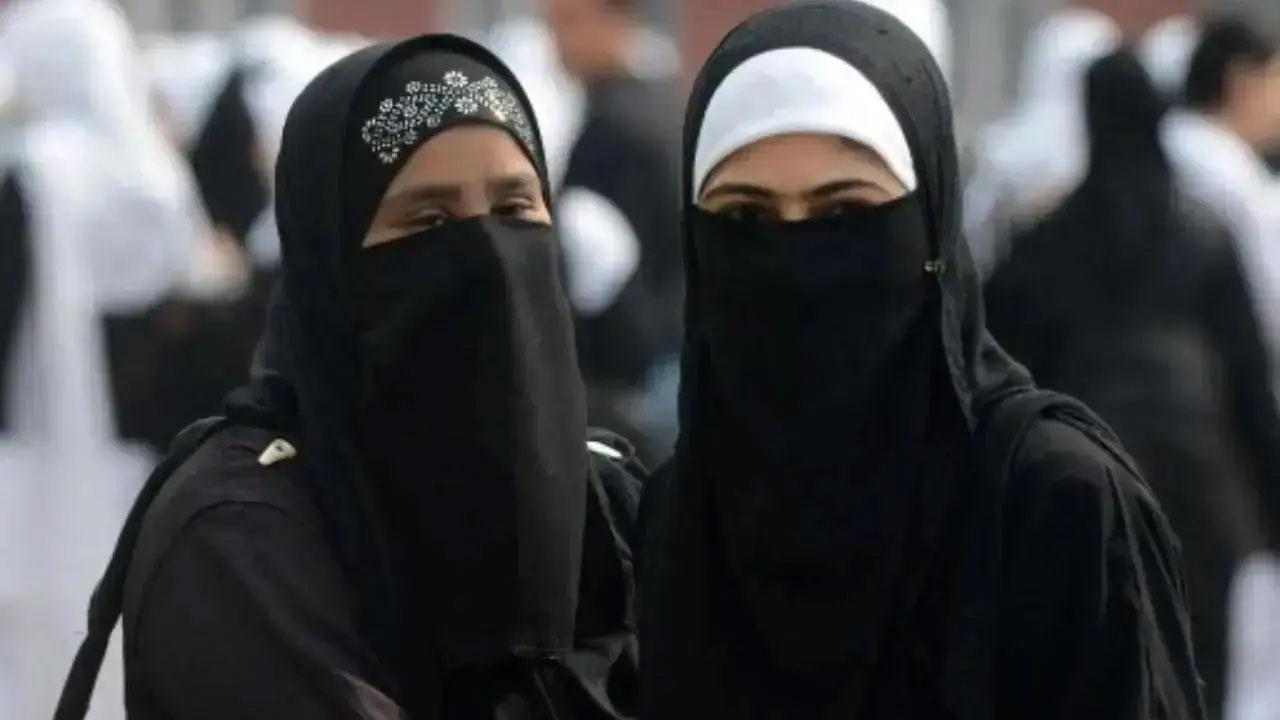Many women are forced to compete wearing a hijab and are not allowed to play sport without covering their head

Representative Image
Several sports brands have started selling the hijab or headscarf. Performance hijabs have become hot sellers for woman Muslim athletes. This assumes significance in the current scenario where a female Iranian rock climber who did not wear a hijab at an international competition in South Korea has returned home amidst controversy.
ADVERTISEMENT
Since this is an evolving story, reports are flying thick and fast. The athlete herself has apologized and claimed that her headscarf slipped off during the competition. The international community is concerned about what she may have to face in Iran.
The climber and the headscarf issue is symbolic of the larger controversy today. Many women are forced to compete wearing a hijab and are not allowed to play sport without covering their head. So, that means avenues for competitions that do not allow the hijab are out bounds for some athletes. Headscarves are dangerous in close contact sport though there are many sports now that do allow athletes to compete wearing the headscarf.
Yet, the scarf does polarize on the sports field too. In 2018, an Indian woman chess star, a grandmaster, pulled out of a chess event, the Asian Team Chess Championship as she would be forced to wear the hijab. She saw the rule as violation of her personal rights. A couple of years earlier, an Indian woman shooter had withdrawn from a meet, citing the same reason. While both these meets were in Iran, which is in the midst of large scale protests, it is evident that donning the hijab on the sports field is the subject of debate within the larger issue. Sportswomen should not be forced either overtly or covertly to wear the hijab during practice or in competition.
Most importantly, visiting women athletes under no circumstances should be forced to wear a headscarf to compete.
 Subscribe today by clicking the link and stay updated with the latest news!" Click here!
Subscribe today by clicking the link and stay updated with the latest news!" Click here!







